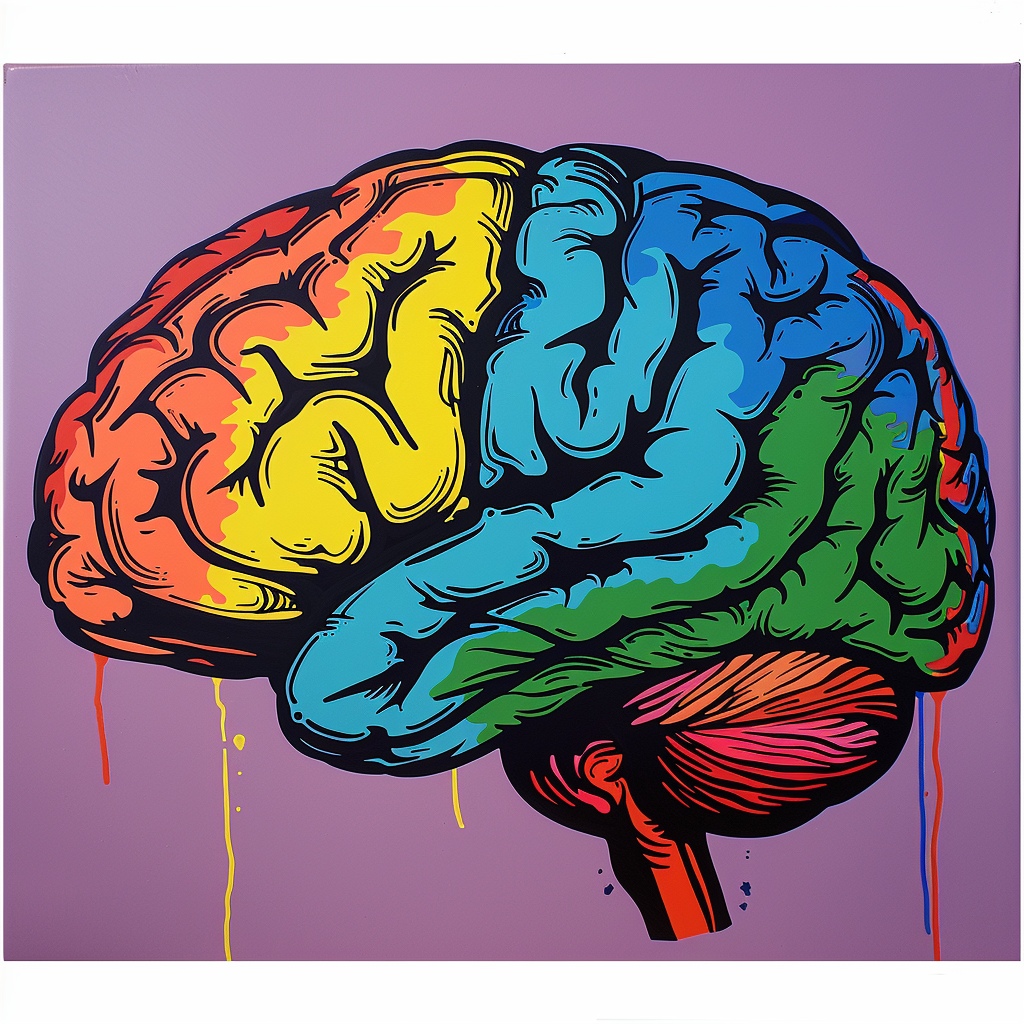I. Introduction to the Fusion of Art and Memory Training
Recognizing the Potential of Artistic Activities in Enhancing Memory Development
Incorporating artistic elements significantly enhances memory retention and recall in preschoolers. Art offers a unique avenue for expression and engagement, tapping into children’s innate creativity and imagination, fostering a deeper connection with the learning process.
Integrating Creativity to Make Memory Training Engaging
By infusing memory training with creative activities, educators can create a stimulating learning environment that captivates young minds. This approach not only fosters memory development but also cultivates a love for learning, setting a strong foundation for future academic success.
II. Exploring the Influence of Visual Arts on Memory Enhancement
Discussing the Impact of Visual Arts on Memory Enhancement
Visual arts engage multiple cognitive processes simultaneously, enhancing memory encoding and retrieval processes. The act of creating visual representations stimulates the brain, strengthening neural connections associated with memory formation and consolidation.
Providing Examples of Art-Based Activities that Stimulate Memory Recall
Activities such as drawing scenes from a story or crafting memory-themed objects enable children to visually represent and reinforce their learning. These hands-on experiences not only make learning memorable but also foster creativity and self-expression.
III. Utilizing Craft Projects to Enhance Memory Retention
Exploring the Role of Hands-On Craft Projects in Memory Training
Craft projects offer a tactile and kinesthetic approach to memory training, allowing children to actively participate in the learning process. From sculpting clay to constructing models, these activities stimulate sensory experiences that enhance memory retention.
Discussing How Creative Projects Contribute to Memory Retention
Through crafting, children reinforce memory through association, strengthening neural connections and promoting long-term memory consolidation. Additionally, crafting promotes attention to detail and spatial awareness, crucial for effective memory encoding and retrieval.
IV. Integrating Music and Movement for a Multisensory Experience
Highlighting the Connection Between Music, Movement, and Memory
Music and movement are powerful tools for enhancing memory due to their ability to evoke emotions and stimulate multiple sensory pathways. Rhythmic activities and interactive music sessions significantly aid memory encoding and retrieval.
Providing Examples of Rhythmic and Movement-Based Activities to Enhance Memory
Activities like singing mnemonic songs or dancing to recall sequences promote active engagement and reinforce memory associations. These multisensory experiences create a rich learning environment that enhances memory formation.
V. Conclusion: Harnessing the Power of Art and Creativity for Preschool Memory Training
Integrating art and creativity into preschool memory training programs offers a holistic approach to cognitive development with The Umonics Method. By leveraging visual arts, craft projects, music, movement, storytelling, and dramatic play, educators can create dynamic learning experiences that enhance memory retention and recall.





